Discover, Learn, immerse, Connect
Katum Kutum
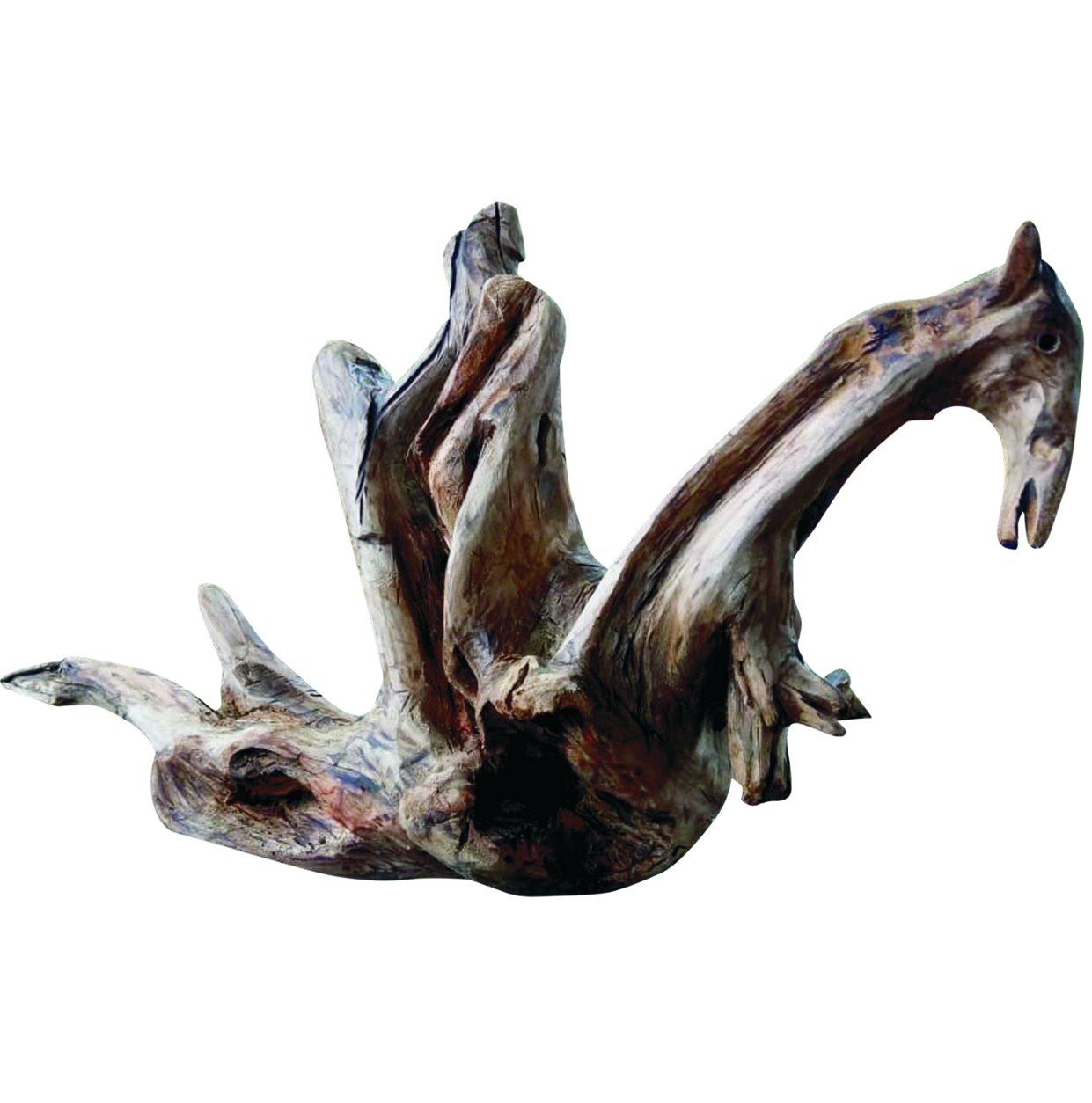
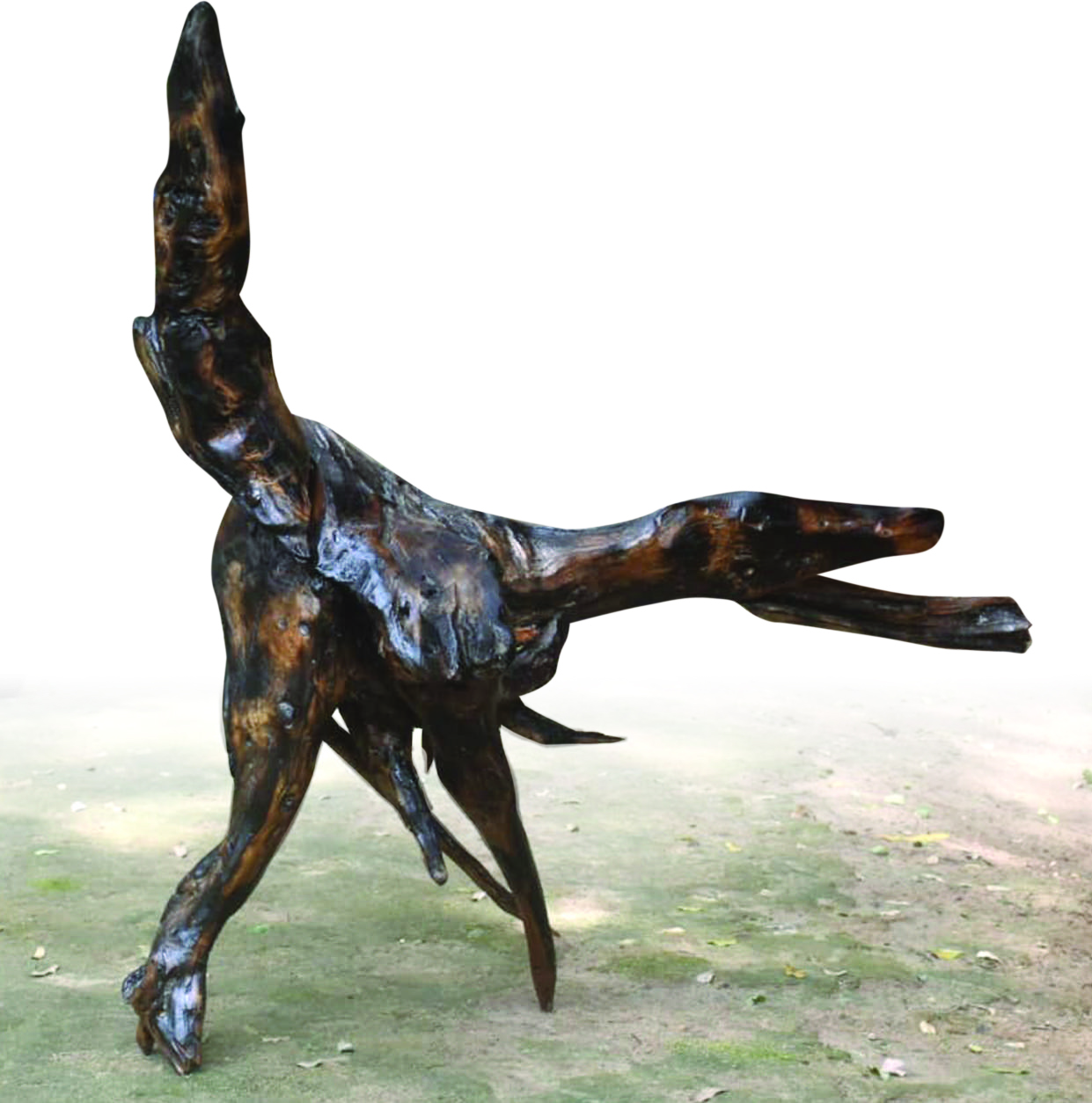
‘Great art picks up where nature ends’ – Marc Chagall
Abanindranath Tagore, popularly known as Aban Thakur was the artist nephew of Rabindranath Tagore. From a very young age, he showed a great interest in art – his first art work was created at the age of nine, using his father’s coloured pencils. When he was around 20 years old, he attended the Calcutta Government School of Art, and learnt the use of pastels from O. Gilhardi and oil painting from C. Palmer, European painters who taught at the institution. He modernised the Mughal and Rajput styles of painting to counter the influence of the Western style of art, taught in the art schools under the British Raj and developed the Indian style of painting, which later came to be known as the Bengal School of Art. In his later works, he incorporated elements of Chinese and Japanese calligraphic traditions into his art.
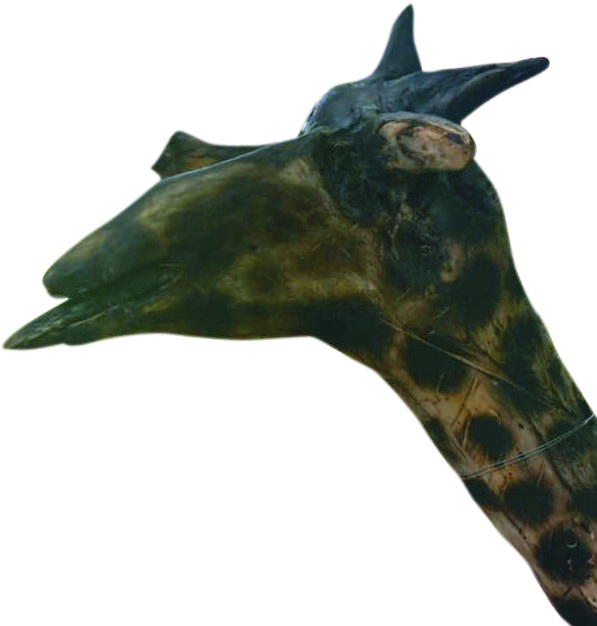
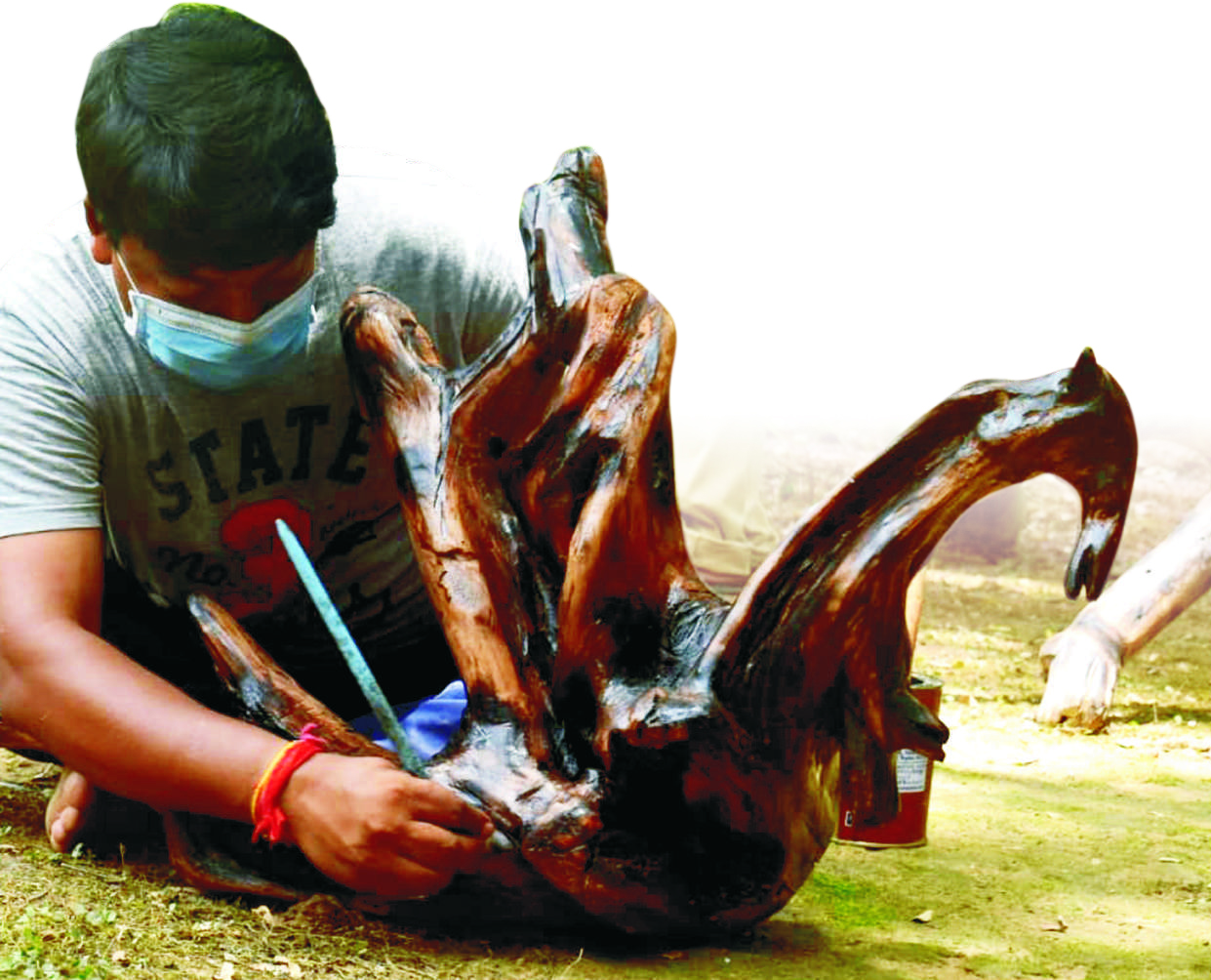
In the last phase of his life, Aban Thakur gifted the art world with a beautiful new form of visual expression – by creating sculptures from discarded tree branches and roots, seeds of fruits, drift wood and leftover, unwanted wood. He called this work Kutum Katam which later became popular as Katum Kutum, as the latter expression was probably easier to pronounce. Uprooted t rees were converted into tangible wooden sculptures of humans, animals and other works of art that could be treasured. Kutum Katam means art crafted using found objects.
One of Aban Thakur’s students while recounting his memories of his teacher had recalled that as a child he had seen the great artist staring mesmerized at an insect eaten branch of a tree, or the seed of a fruit, possibly visualising the art hidden in that discarded portion of nature. He appeared to talk to these branches, seeds, pieces of bamboo and infused life into them by converting each of them into a piece of art. His artistic hand would wrap a curved branch of a tree with cloth, give her a face with a seed, tie coloured threads around her waist, dress her up with a nose ring and bangles, put a veil on her head and turn the branch into a Santhal girl.
To another student, Aban Thakur explained the meaning of the term Kutum Katam, which he had coined for this art form. Kutum means relative and Katam is form or structure. So his creations are his relatives and they are very sensitive individuals. They do not like to be painted or even varnished. They must be presented in their original colour as this makes nature happy. Aban Thakur used his knowledge of art, imagination and experience to create new objects of aesthetic value from discarded and abandoned branches and roots, thereby harmonizing art with nature.
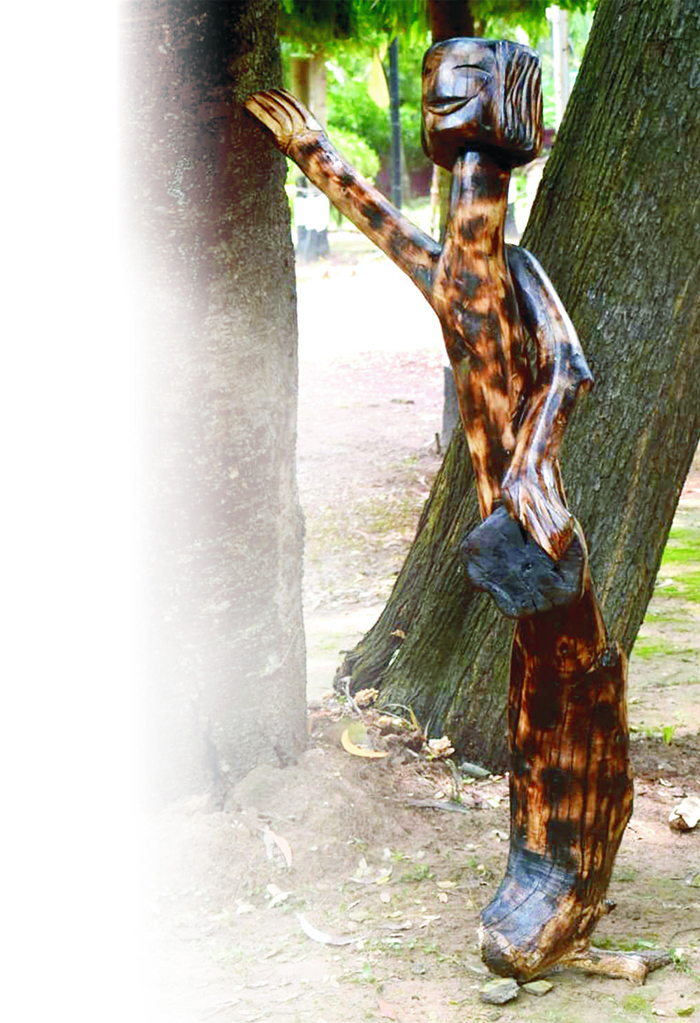
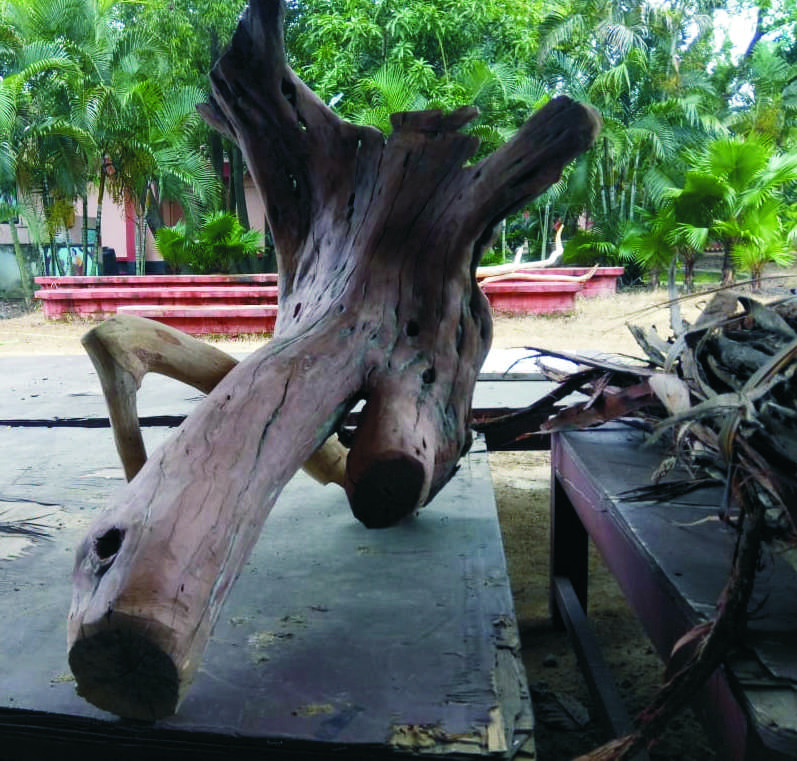
Practitioners of this sculpture form use their artistic eye to see the beauty in the broken barks and twigs, roots and trunks of the trees and use modern knowledge to create out of it a beautiful piece of art. The artist identifies the stems, braches and trunks of trees in natural shapes and transforms them using minimum carving and cutting. Even discarded portions of Mother Nature are beautiful and these can fire our imagination and creativity and help us to express our vision through art.
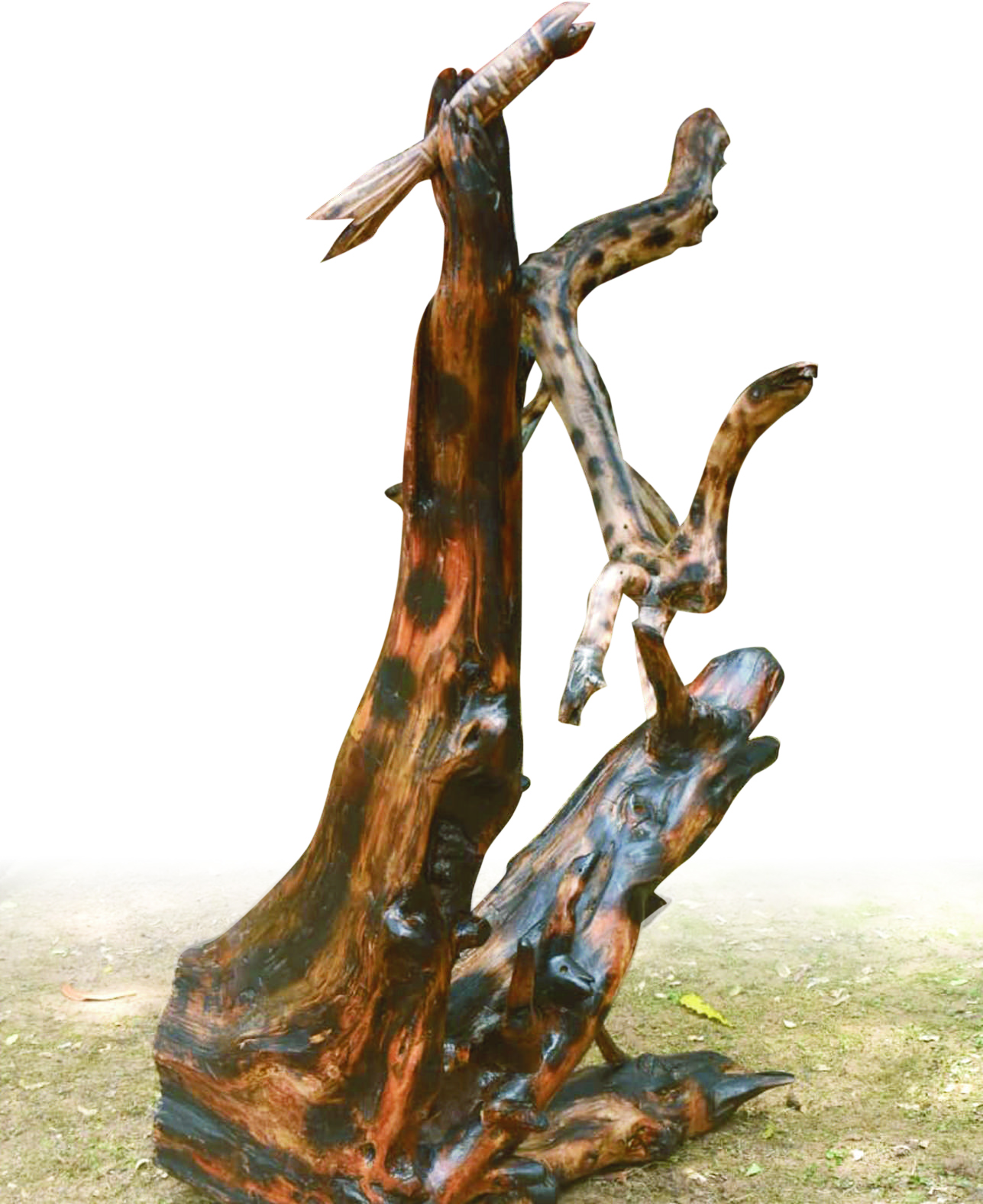
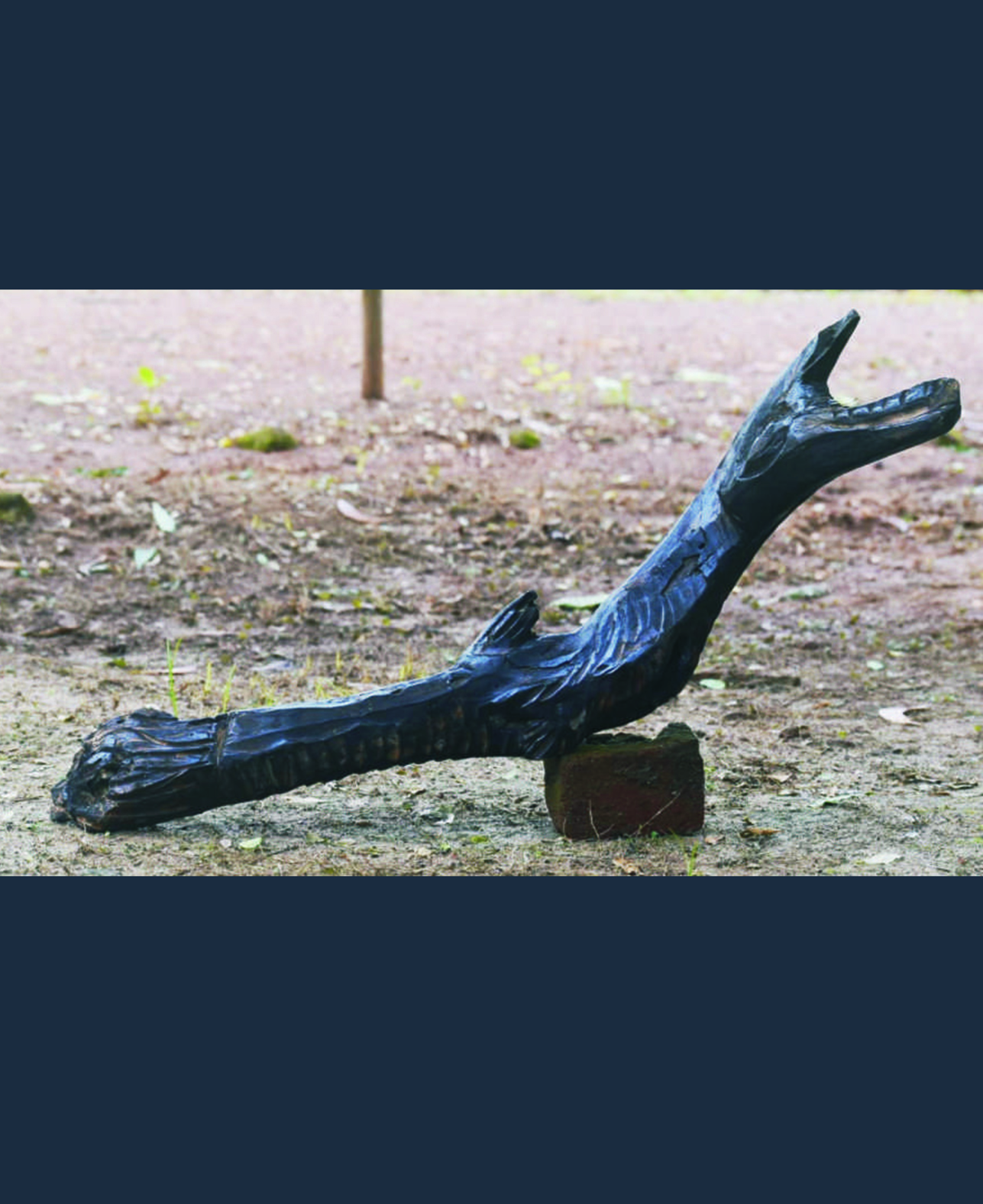
 Government of India
Government of India


